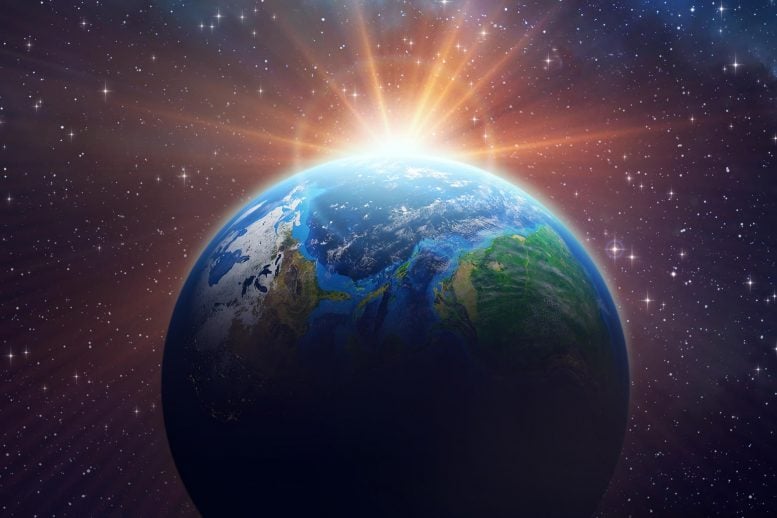
The internal compositions of rocky exoplanets are correlated with those of their host stars.
The internal compositions of rocky exoplanets correlate with that of their host stars, according to a new study, but not 1:1. This suggests that planet formation processes play a role in defining the final composition of Earth-like planets. The findings provide new insights into how planetary systems evolve.
The interior compositions of small rocky exoplanets cannot be observed directly. However, because such planets and the stars they orbit both originate from the material in a shared accretion disk, theory predicts that there should be a relationship between their respective compositions. While this assumption has been used to characterize distant planets, there has not yet been any clear or direct observational evidence supporting a compositional link between exoplanets and their host stars.
To evaluate the nature of such a relationship, Vardan Adibekyan and colleagues analyzed a sample of 22 low-mass rocky exoplanets and estimated their iron-mass fraction by combining their masses and radii with an interior structure model. They then compared the results with the iron fractions of their host stars.
Adibekyan et al. found that the iron fractions of both the planets and the stars they orbit correlate with each other, but not at a 1:1 basis. Rather, the authors show that the relationship has a slope greater than 4, suggesting that protoplanetary disk chemistry and planet formation play a significant role in defining a planet’s final composition.
What’s more, Adibekyan et al. note that super-Earths and super-Mercury class exoplanets appear to be distinct populations with differing compositions, indicating differences in their formation processes.
For more on this research, see Planetary Composition: The Planet Does Not Fall Far From the Star.
Reference: “A compositional link between rocky exoplanets and their host stars” by Vardan Adibekyan, Caroline Dorn, Sérgio G. Sousa, Nuno C. Santos, Bertram Bitsch, Garik Israelian, Christoph Mordasini, Susana C. C. Barros, Elisa Delgado Mena, Olivier D. S. Demangeon, João P. Faria, Pedro Figueira, Artur A. Hakobyan, Mahmoudreza Oshagh, Bárbara M. T. B. Soares, Masanobu Kunitomo, Yoichi Takeda, Emiliano Jofré, Romina Petrucci and Eder Martioli, 15 October 2021, Science.
DOI: 10.1126/science.abg8794


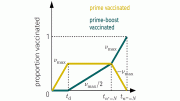
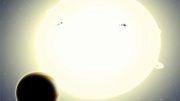

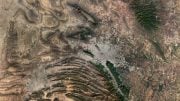

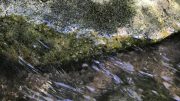
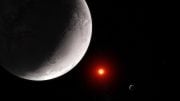
Be the first to comment on "Planetary Evolution: Composition of Earth-Like Exoplanet Interiors Linked to Composition of Host Stars"